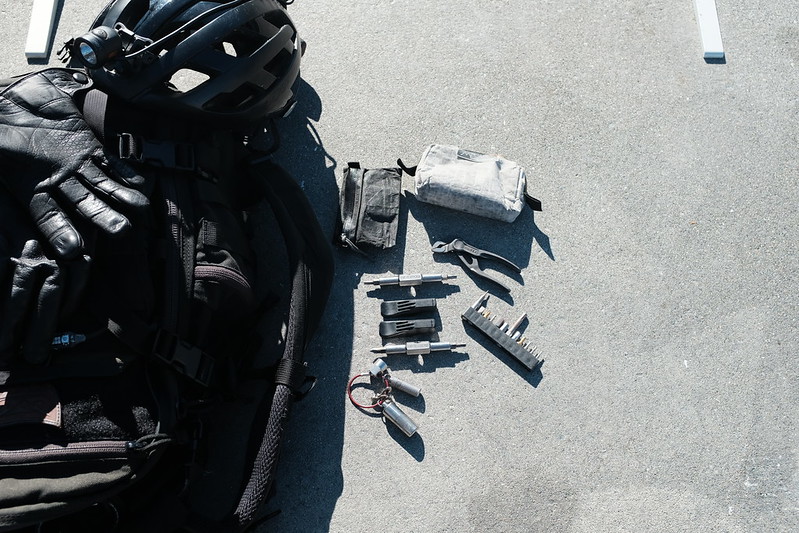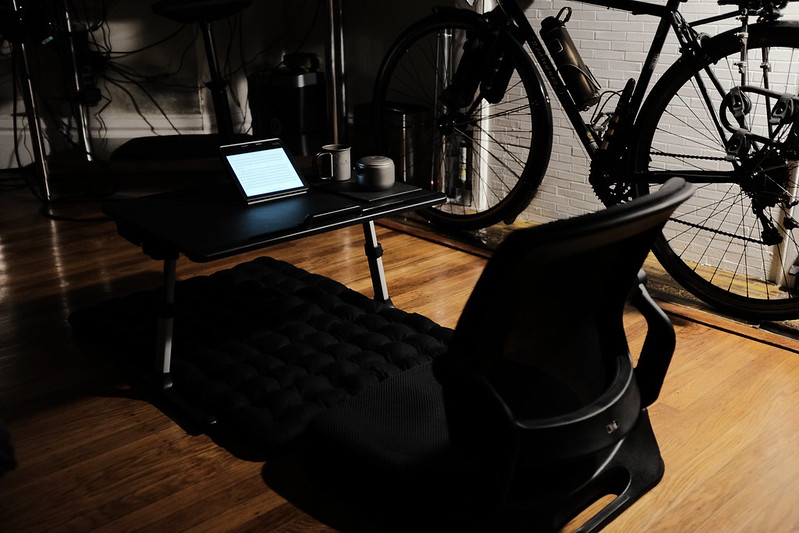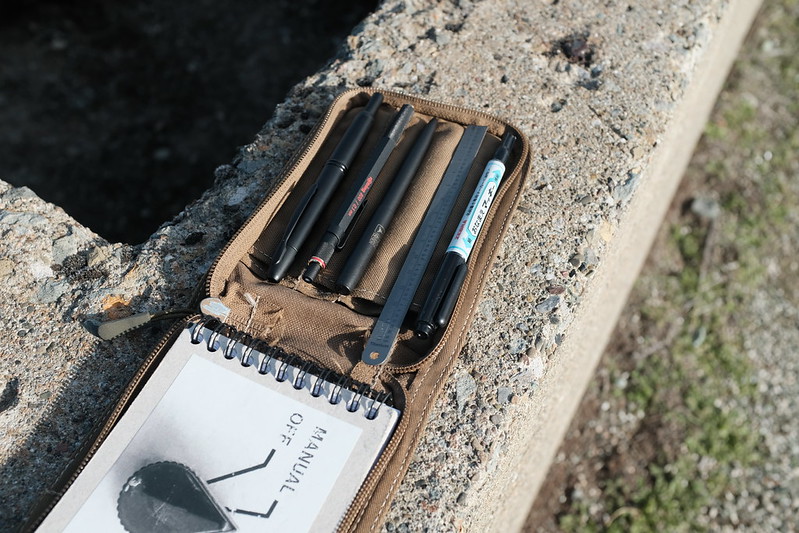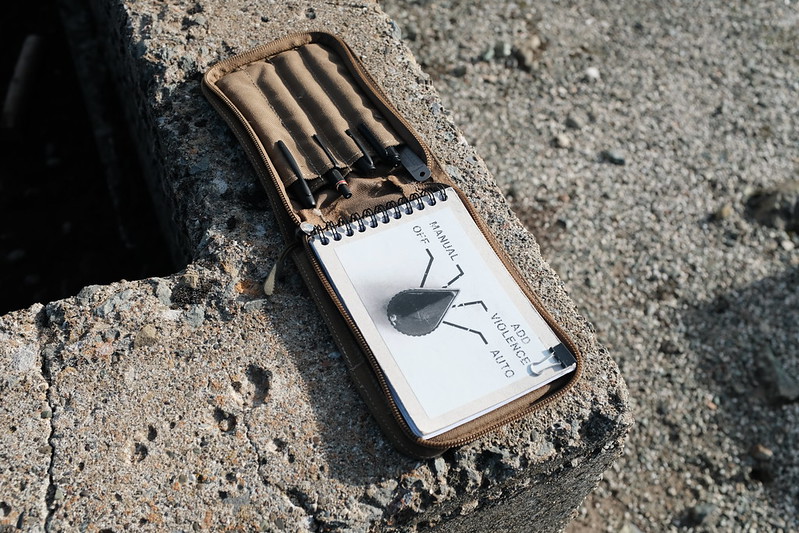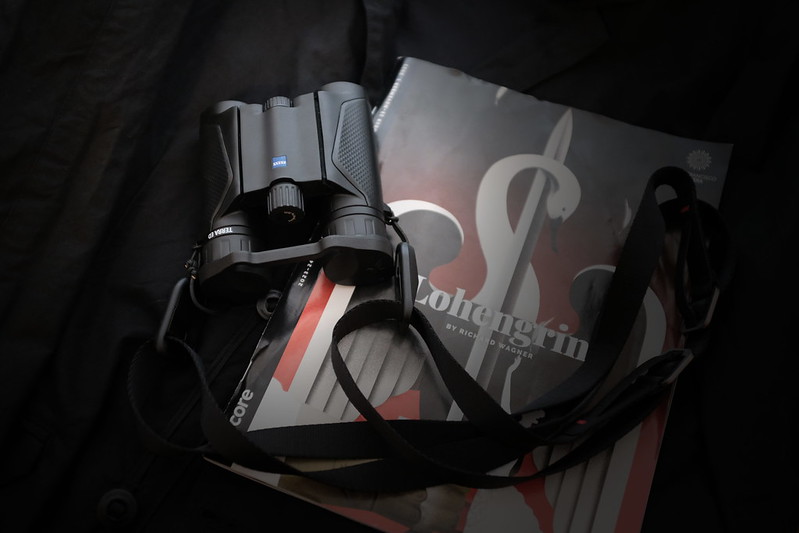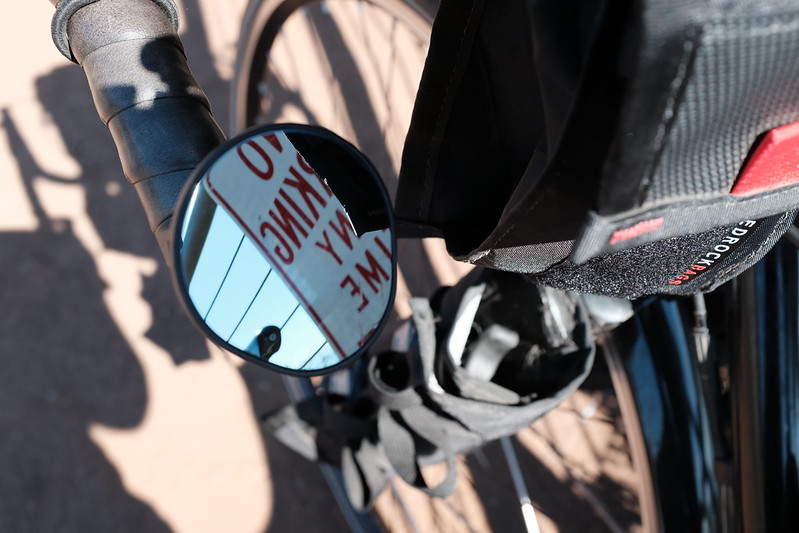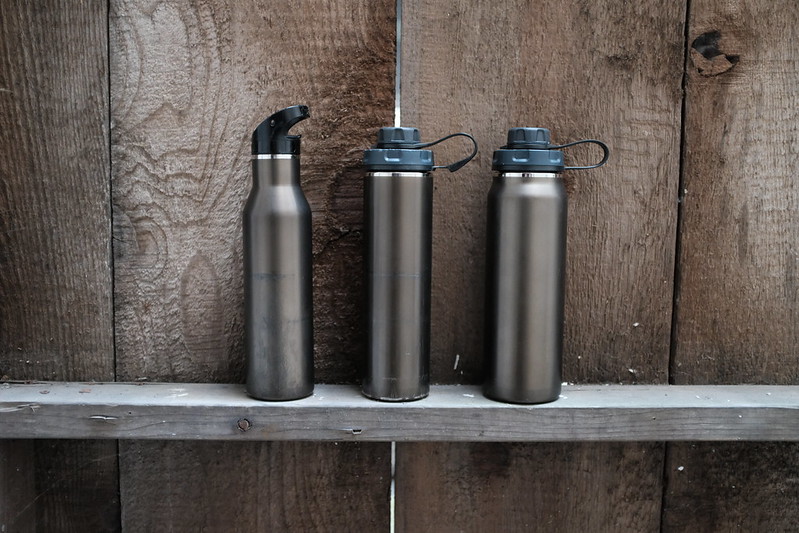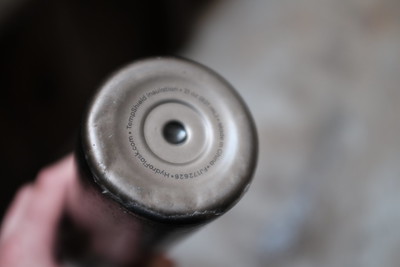Screwing, Redux
Since I outlined it in 2018, my EDC tool kit has not changed much. It is still based around the same titanium Fix It Sticks, and intended primarily as a vehicular repair kit.
It is still carried in the same cuben fiber packing cube from Mountain Laurel Designs (since discontinued and replaced by the otherwise equivalent Ultra X 100 Packing Cubes), though said cube is much worse for wear. Some of the smaller bits have poked a couple holes in the bottom of the pouch. I’ve patched this with Tenacious Tape on both the inside and the outside.
The bit selection has been augmented slightly. Installed in the Fix It Sticks are my most frequently used 1/4” drive bits.
- Torx T20s
- Torx T25s
- Phillips #2
- Hex 4mm
In the bit holder, I carry additional 1/4” drive bits.
- Hex 1.5mm
- Hex 2mm
- Hex 2.5mm
- Hex 3mm
- Hex 5mm
- Hex 5mm x 50mm
- Hex 6mm
- Hex 8mm
- Torx T8s
- Phillips #0
- Slotted 0.6mm x 4.5mm
- 4mm MicroBit Adapter, holding a slotted 0.25mm x 1.5mm
Keen eyed readers will notice two 5mm hex bits. The longer, 50mm bit is needed to reach into my Gevenalle CX Shifters to adjust the mounting bolt. This longer bit can also be used to provide a turning tool to be used with my Pitlock key. (In 2018 I discussed using the longer Torx T25 bit for this. I now carry a standard length T25s, since I need the longer 5mm hex for the shifters.) My rear Phil Wood Touring Hub takes two 5mm wrenches to remove the end caps. Doing this allows the cassette to be removed from the wheel, providing easy access to repair a broken drive-side spoke without messing around with cassette removal tools.
Mini Knipex Cobra Pliers are only used infrequently, but are so useful when I do need them that I put up with their extra weight in the kit.
The Fix It Sticks tire levels and chain breaker still live in the kit, though I have been debating removing the chain breaker. It is compact but heavy, and it has been about 15 years since I last had an incident that required a chain breaker on the road. It would definitely be in the kit for any multi-day trips.
My Pitlock key is on a Flex-o-loc key ring. The ring also holds a spare KMC CL559R Missing Link, a Maratac Titanium Peanut Lighter, and a CountyComm Titanium Piccolo Capsule that holds two small security bolts.
A small cuben fiber zip pouch holds my patch kit and one FiberFix, including that little spoke wrench that comes with the FiberFix (annoying to use, yes, but agreeably small and light).

